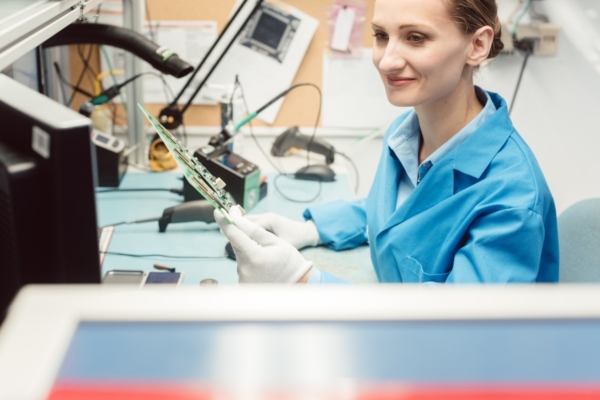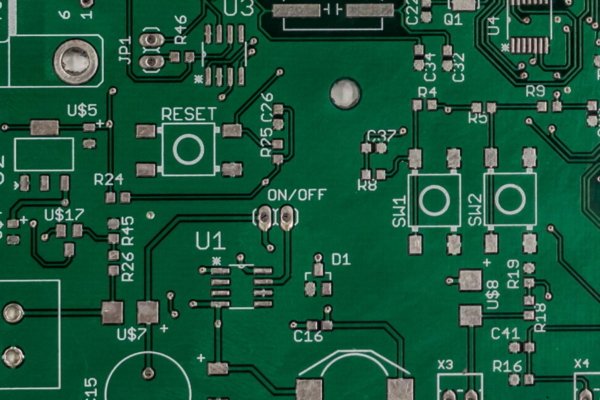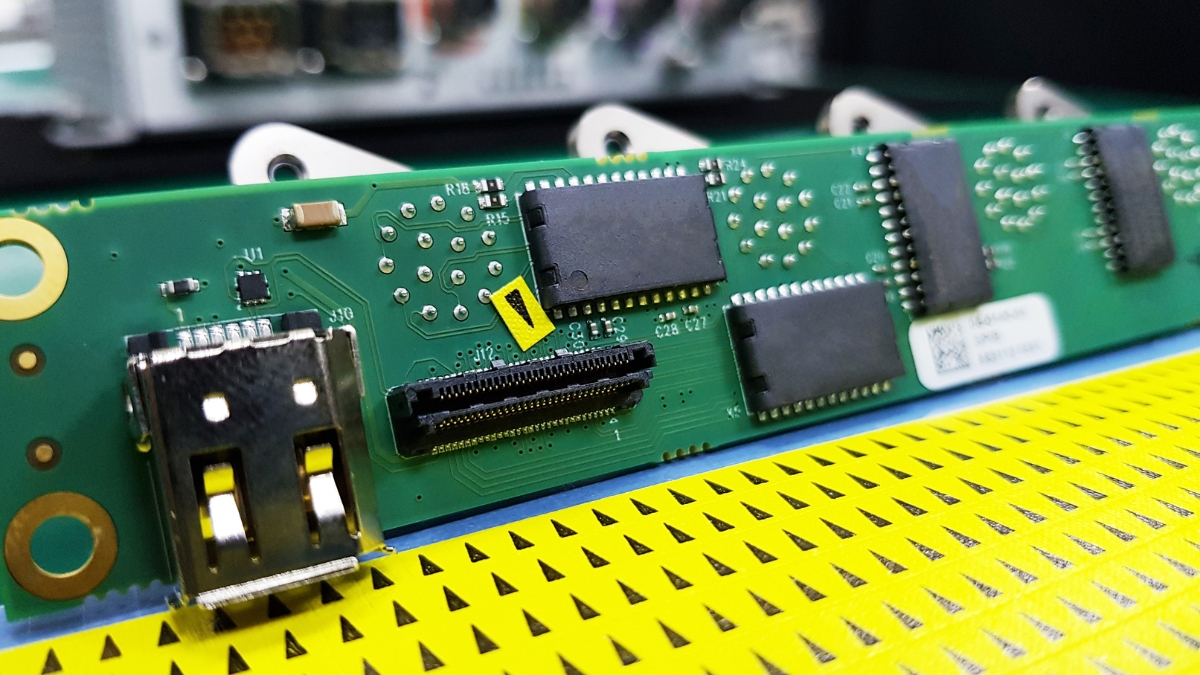What is Finger
Finger refers to the gold-plated connectors located at the edge of printed circuit boards. These connectors, shaped like fingers, serve as reliable connectors between the PCB and the motherboard, ensuring the transmission of signals or commands. The primary purpose of these gold fingers is to establish a secure and stable electrical connection between the PCB and the motherboard. The gold plating on the fingers enhances conductivity and minimizes the risk of corrosion or oxidation, which could otherwise lead to a poor connection or signal loss.
Gold is chosen as the plating material for these connectors due to its excellent electrical conductivity and resistance to corrosion. It is a highly reliable and durable material that ensures long-term component reliability. The gold fingers are typically made of hard gold or the Electroless Nickel Immersion Gold (ENIG) process.
The hardness of the gold plating on the fingers is specified within a thickness range of 3µ” to 50µ”. This hardness is crucial as it provides mechanical strength and protection to the edge of the circuit board. The gold plating acts as a barrier, preventing the underlying copper traces from deteriorating due to environmental factors such as moisture, dust, or chemical exposure.
Gold fingers are essential components in PCB manufacturing, particularly in applications where reliable and high-speed signal transmission is critical. They are commonly found in various electronic devices, including computer motherboards, graphics cards, and communication equipment.





